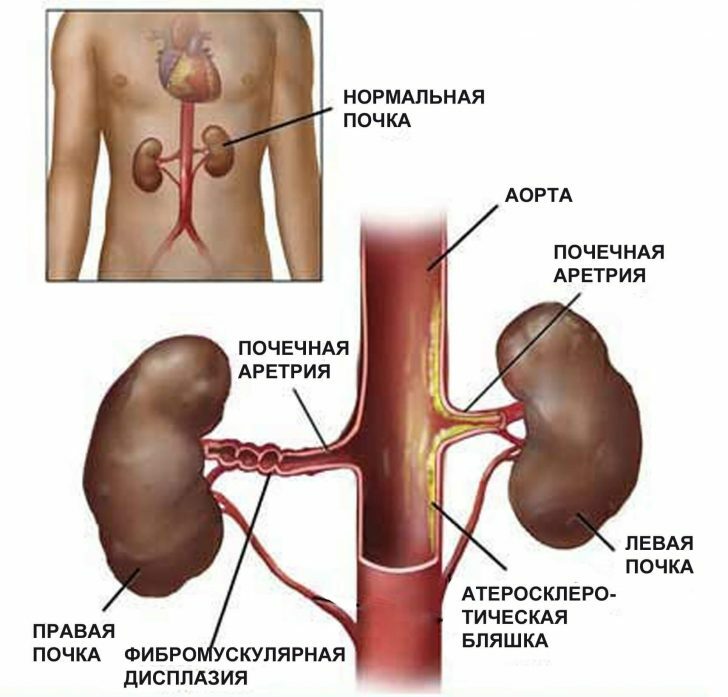Pancytopenia: what is it, causes, symptoms, treatment, prognosis
Content
- What is pancytopenia?
- Blood cells affected by pancytopenia
- Description of low blood cell count
- Formation of blood cells in the bone marrow (hematopoiesis)
- Laboratory tests
- Causes of pancytopenia
- The most common reasons
- Symptoms and Signs
- Diagnostics
- Treatment of pancytopenia
- Forecast
What is pancytopenia?
Pancytopenia is a descriptive term for a combination of low levels of all types of blood cells, including red blood cells (anemia), leukocytes (leukopenia) and platelets (thrombocytopenia). Symptoms such as fatigue, infections, and bruising are often the result of decreased levels of these cells.

There are a number of different conditions that can cause pancytopenia, including bone marrow disorders, some cancers, and some infectious diseases. Medical conditions such as chemotherapy can also cause pancytopenia.
Treatment options for pancytopenia depend on the specific cause and generally aim to increase cell levels to improve symptoms while treating the underlying cause.
Blood cells affected by pancytopenia
In particular, pancytopenia refers to a deficiency of:
- Red blood cells (erythrocytes): erythrocytes are cells that bind and carry oxygen to the tissues of the body.
- White blood cells (leukocytes). There are several types of leukocytes, which are further broken down into granulocytes (including neutrophils, eosinophils and basophils) and agranulocytes (including lymphocytes and monocytes). These cells are responsible for fighting infections among other functions.
- Platelets: Platelets are responsible for blood clotting.
Description of low blood cell count
These terms are used for lower blood cell levels:
- A low red blood cell count is called anemia. It is important to note that there are different forms of anemia. One form is low red blood cell count, but it can also be associated with blood loss, low hemoglobin, deficiency vitamin B12 and other reasons.
- A low white blood cell count is referred to as leukopenia (you may also have heard of neutropenia, which refers to a low count of a certain type of white blood cell known as neutrophils).
- A low platelet count is called thrombocytopenia, immune thrombocytopenia or chemotherapy-induced thrombocytopenia.
Read also:Autoimmune hemolytic anemia
Formation of blood cells in the bone marrow (hematopoiesis)
All blood cells come from the same common cells in the bone marrow known as hematopoietic stem cells (GSK) or pluripotent stem cells (this means they have the "potential" to become many different types of cells). These cells divide and, as a result of a process called hematopoiesis (hematopoiesis), gradually become more specialized blood cells in the body.
Laboratory tests
Pancytopenia is usually diagnosed by a complete blood count (CBC).
In pancytopenia, the KLA will show inadequate levels of all types of blood cells, including:
- The number of red blood cells is less than 4.2 million. cells per cubic centimeter in women or less than 4.7 million. cells per cc / cm in men (this can also be described by low hemoglobin levels).
- The number of leukocytes is less than 4000 leukocytes per cubic centimeter (normally in humans, from 4000 to 10,000 leukocytes per cubic centimeter).
- The number of platelets is less than 150,000 cells per cubic cm / cm (normally from 150,000 to 400,000 cells per cubic cm / cm).
Causes of pancytopenia

Pancytopenia can be caused by anything that interferes with the formation of blood cells in the bone marrow or in the bloodstream (for example, if they are held by the spleen).
This may include destruction of bone marrow by toxins, suppression of bone marrow, for example, during chemotherapy, or replacement other bone marrow cells, which leads to a disruption in the production of blood cells, during the treatment of certain cancers diseases. Destruction or suppression can occur as a result of inflammation, infection, or autoimmune diseases.
Most of these conditions are acquired later in life, but some are inherited and inherited from birth. In at least 50 percent of cases, there is no obvious cause - what doctors call “idiopathic"The reason. Some of the possible causes of pancytopenia may be as follows:
- chemotherapy caused by bone marrow suppression;
- Induced drugs: Drugs other than chemotherapy were cited as causes, ranging from antibiotics to drugs used for cardiovascular disease;
- infections such as infectious mononucleosis and HIV, as well as overwhelming infections (sepsis);
- aplastic anemia;
- sequestration of the spleen (the spleen holding blood cells back to reach the rest of the body);
- toxins and chemical effects, such as arsenic or benzene;
- blood cancer in the bone marrow such as leukemia, lymphoma, myeloma, or metastatic bone marrow cancer;
- metastasis of some solid tumors to the bone marrow, especially breast cancer, prostate cancer, colon cancer, stomach cancer and melanoma. In bone marrow metastases, the most common symptom is anemia followed by thrombocytopenia;
- myelodysplastic syndromes "Precancerous" conditions of the bone marrow;
- autoimmune disorders such as lupus erythematosus;
- radiation sickness;
- hereditary syndromes such as Fanconi anemia and Diamond-Blackfen anemia.
Read also:Thalassemia
The most common reasons
A 2014 study aimed to identify the most common causes of pancytopenia in people who have not yet been diagnosed with the disease. For example, none of these adults received chemotherapy or had an obvious cause for pancytopenia. Of these people:
- more than 60 percent have had some type of blood cancer. The most common were acute myeloid leukemia, myelodysplasia, non-Hodgkin lymphoma, hairy cell leukemia and acute lymphocytic leukemia;
- among those whose blood cancer was not associated with the cause of pancytopenia, the diagnosis included aplastic anemia, pernicious anemia and HIV.
Symptoms and Signs

Symptoms of pancytopenia may include weakness or enlargement of the spleen in addition to symptoms and signs associated with specific blood cell deficiencies. Some of these symptoms include:
- symptoms associated with anemia (low red blood cell count), including pallor, fatigue, increased heart rate (tachycardia) and shortness of breath;
- symptoms associated with leukopenia or neutropenia (low white blood cell count), including fever and signs of infection such as cough or pain when urinating;
- symptoms associated with thrombocytopenia (low platelet count), including easy bruising and heavy bleeding (see photo above).
Diagnostics
Pancytopenia can be detected with a complete blood count (CBC). The first step in assessing the low level of all cells is a repeat of the general blood test. A peripheral blood smear is then taken to further examine each of the different cell types.
If a second CBC has confirmed that you do have pancytopenia, second step is a bone marrow biopsy.
Bone marrow aspiration and biopsy examines bone marrow components that include hematopoietic stem cells (cells that differentiate into all different types of blood cells), blood cells at different stages of maturation, and materials used to make blood cells such as iron and vitamin AT 12.
Read also:Malaria
In addition to analyzing the level of B12 in the blood, special studies and tests are carried out on the cells. for the presence of changes such as chromosomal and genetic changes, which are often found in leukemia.
Treatment of pancytopenia
The goal of pancytopenia treatment is to identify and treat the underlying cause. If the cause is unknown or expected, such as with chemotherapy, treatment is aimed at minimizing the symptoms associated with a deficiency of blood cells. Some of the treatments that can be used include:
- Bone marrow stimulating drugs. For neutropenia caused by chemotherapy and some other causes, growth factors Leukin, Neupogen or Neilasta can be used to stimulate the formation of leukocytes. There are also some medications that can be used by doctors to treat anemia caused by chemotherapy.
- Blood transfusion.
- Immunosuppressants, if the condition is associated with an autoimmune disease.
- Bone marrow or stem cell transplant.
Forecast
The prognosis of pancytopenia largely depends on its cause. Fortunately, we now have therapies such as blood transfusions and stimulants, which help to cope with a certain deficiency of blood cells while the underlying condition is assessed and is being treated.



